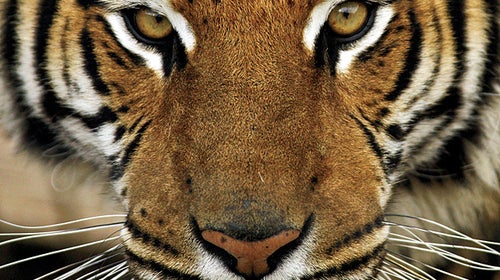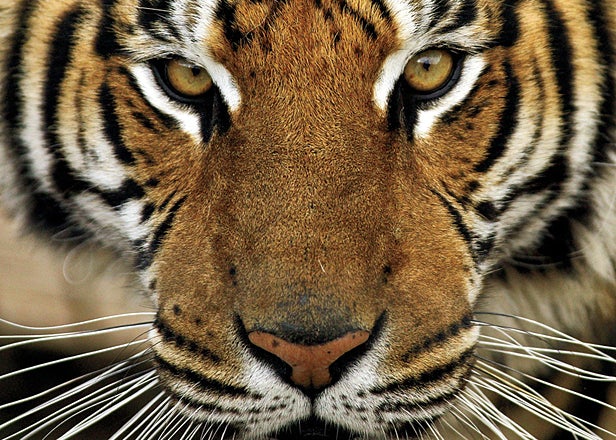The Amur tiger, which lurks in Russia’s eastern province of Primorye, on the Sea of Japan, is the grizzly of cats. With paws the size of pot lids, the Amur is a 500-pound force that can—in the words of John Vaillant, author of the thriller The Tiger: A True Story of Vengeance and Survival (Knopf, $27)—absorb bullets “the way Moby-Dick absorbed harpoons.”
By Our Contribtors
Peter Heller, author of The Whale Warriors, attempts to cure the midlife blues with a yearlong surfing trip down the coast of Mexico in Kook: What Surfing Taught Me About Love, Life, and Catching the Perfect Wave (Free Press, ). The hitch: Heller is a beginner surfer, which is what makes the resulting ramble so glorious. In Blind Descent: The Quest to Discover the Deepest Place on Earth (Random House, ), James M. Tabor rehashes the mid-nineties competitions between cave divers Bill Stone and Alexander Klimchouk, a Ukrainian scientist. Stone’s desire to dig always deeper, no matter the human cost, drives the book. And in The Tenth Parallel: Dispatches from the Fault Line Between Christianity and Islam…It’s also a frighteningly smart animal with a long memory and a vindictive streak. The people of Primorye—mostly loggers and fur trappers—have an understanding with the 450 or so tigers that live among them: You don’t bother them, they don’t bother you. In the winter of 1997, however, a local poacher upsets that balance, stealing boar meat from a tiger kill. The predator responds by tracking down the thief and eating him.
So begins The Tiger, a masterpiece of reconstructed reportage by Vaillant, author of the pass-around-the-campfire classic The Golden Spruce. Vaillant tells the tale through three points of view: those of the poacher, the tiger, and Yuri Trush, a wildlife cop charged with finding the marauding cat.
Trush soon realizes that this was no ordinary attack. This tiger not only methodically hunts the poacher but then goes all Charles Bronson on the people of Primorye, stalking humans, Vaillant writes, out of fury for every bullet shot by every poacher (there were many) during its short, violent six-year life.
The ensuing hunt is all but tailor-made for the big screen. (In fact, Brad Pitt has optioned the film rights.) Trush tracks the tiger and the tiger tracks Trush, and the denouement comes down to a roar—”loud like a jet,” Vaillant writes—and Trush’s split-second reaction.
But what elevates The Tiger from adventure yarn to nonfiction classic is Vaillant’s mastery of language. Every now and then he drops in a paragraph-length essay that stands alone like a polished gem. His riff on the “unintended courtesy” of wildlife paths in snow is the kind of insight that Terry Tempest Williams might weave an entire book around.
The heart of Vaillant’s book, though, is his portrait of the life and mind of an Amur tiger. It’s neither mawkish nor romantic, neither overly abstract nor scientific, and it pushes our understanding of the unspoken relationships between species. “The tiger is strong, powerful, and fair,” one hunter tells Vaillant. “You have to respect him. You think he doesn’t understand the language, but he understands everything; he can read a person’s mind.” It sounds far-fetched—until you read this book. There is a language out there in the wilderness, and The Tiger helps us begin to hear it.


